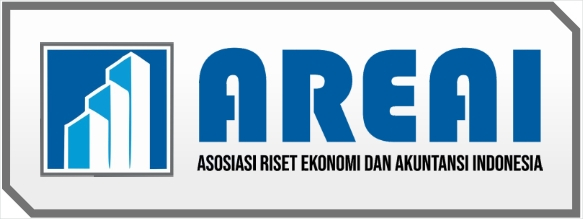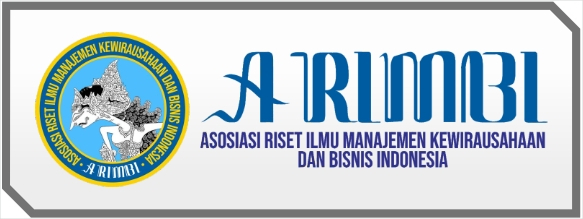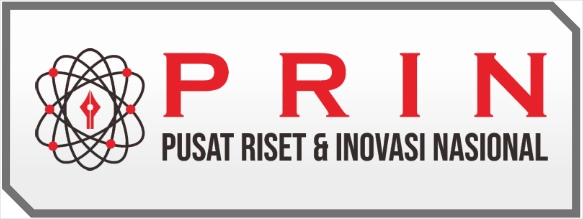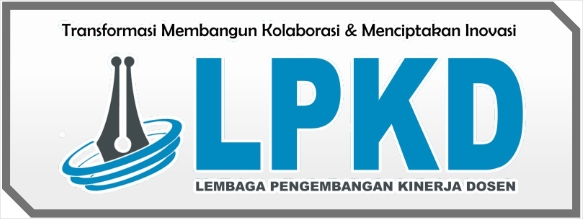Respon Petani Lorong Pelaksana Urban Farming Terhadap Pengembangan Agribisnis Cabai Di Kota Makassar
DOI:
https://doi.org/10.55606/cemerlang.v3i4.2731Keywords:
Urban Farming, Response, ChiliAbstract
Urban farming in Makassar City is one of the government programs called Lorong Garden where the people who carry out this activity are called alley farmers and they do chili cultivation to fulfill their daily needs and also as additional income. This study aims to identify the response of alley farmers to the implementation of chilli urban farming. This research was conducted in Makassar City, South Sulawesi Province. The selection of this location uses a purposive sampling technique based on the consideration that all districts in Makassar are the executors of this urban farming program. Respondents in this study are urban farming actors, namely the aisle farmers. To find out the description of the implementation of urban farming in Makassar, a qualitative descriptive analysis was used to see the activities of the executors of urban farming starting from land preparation, planting, maintenance, harvesting to marketing. Data collection was carried out through semi-structured interviews with respondents in the field in order to provide the information needed. It was concluded that the response given by the urban farming aisle farmers was very good at this activity, it was seen that the community was active in training, increasing household income, killing healthy and nutritious community food, improving the environment and the potential for chili agribusiness development.
References
Anisa. dkk., (2016). Urban Farming Bertani Kreatif Sayur, Hias, & Buah. Jakarta : Swadaya Grup.
Armar-Klemesu M. (1999). Urban agriculture and food security, nutrition and health. Paper presented at Growing Cities Growing Food Workshop. Cuba : Havana.
Badan Pusat Statistik Kota Makassar (201). Kota Makassar Dalam Angka 2019 (Makassar Regency in Figures). Badan Pusat Statistik. Koa Makassar.
Haletky N., & Taylor O, (2006). Urban Agriculture as a Solution to Food Insecurity. West Oakland and People’s Grocery. West Oakland : Urban Agriculture.
Muharto., & Arisandy A, (2016). Metode Penelitian Sistem Informasi, Yogyakarta: Deepublish. Noorsya AO & Kustiwan I, (2013). Perencanaan Wilayah dan Kota B. Bandung : SAPPK ITB.Jurnal Perencanaan Wilayah dan Kota. Hal. 89-99.
Peters, K. . Creating a sustainable urban agriculture revolution. J. Envvtl. Law and Litigation 25:203- 248 2011. Pirog, Rich. 2001. Food, Fuel, and Freeways: An Iowa Perspective on How Far Food Travels, Fuel Usage, and Greenhouse Gas Emissions
Pinderhughes R,. (2004). Alternative Urban Futures: Planning for Sustainable Development in Cities Throughout the World. Oxford: Rowman & Littleield Publishers.
Santoso EB., & Widya RR, (2014). Gerakan Pertanian Perkotaan dalam Mendukung Kemandirian Masyarakat di Kota Surabaya. Makalah Seminar Nasional Cities 2014. 11 halaman.
Sobur A. (2003). Psikologi Umum. Bandung: CV. Pustaka Setia
Sugiyono. (2010). Metode penelitian pendidikan pendekatan kuantitatif, kualitatif, dan R&D. Bandung : Alfabeta.
Supriatna T., & Sukiasa A, (2010). Sistem Pemerintahan Desa. Bandung : CV. Indra Prahasta. Tornaghi C. (2012). Public space, urban agriculture and the grassroots creation of new commons : Lessons and chal-lenges for policy makers. Dalam : Viljoen A and WiskerkeJSC, edisi. Sustainable Food Planning: Evolving Theory and Practice. Wageningen: Wageningen Academic Publishers. 349–364.
Downloads
Published
How to Cite
Issue
Section
License
Copyright (c) 2023 CEMERLANG : Jurnal Manajemen dan Ekonomi Bisnis

This work is licensed under a Creative Commons Attribution-ShareAlike 4.0 International License.




















